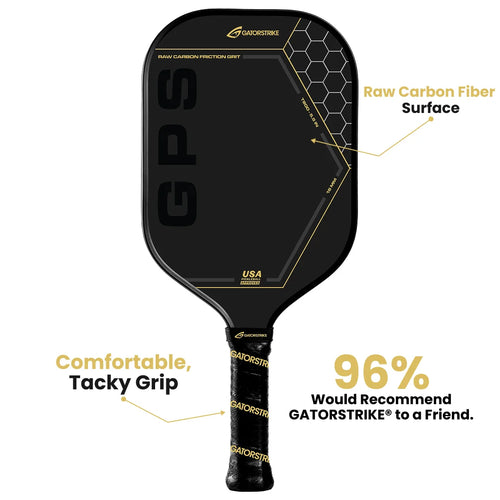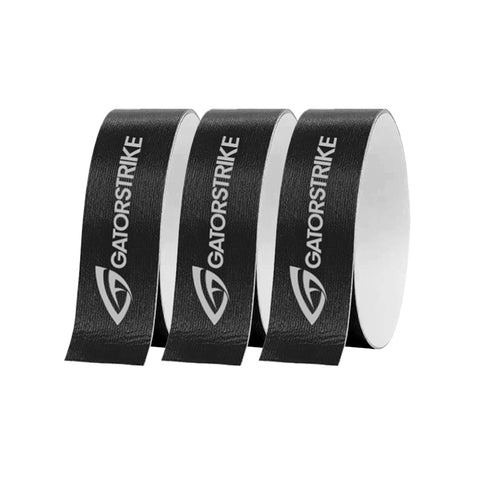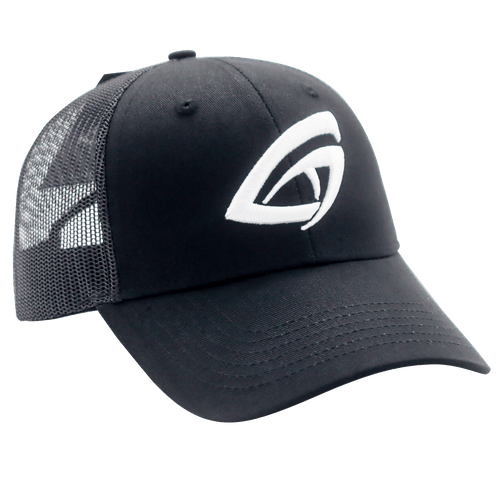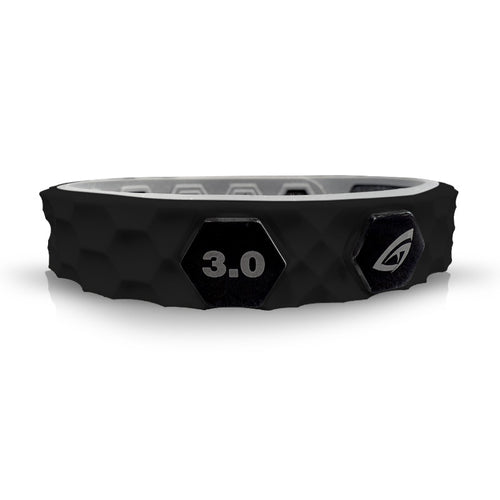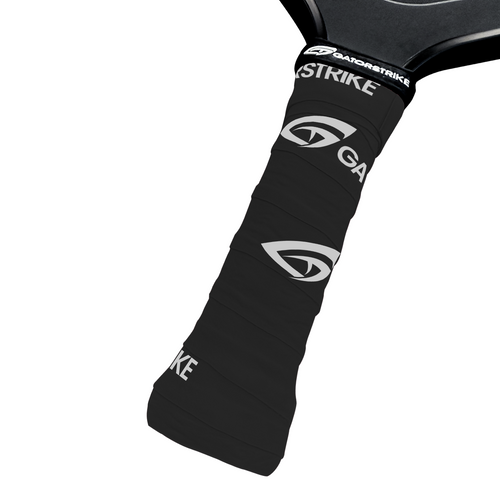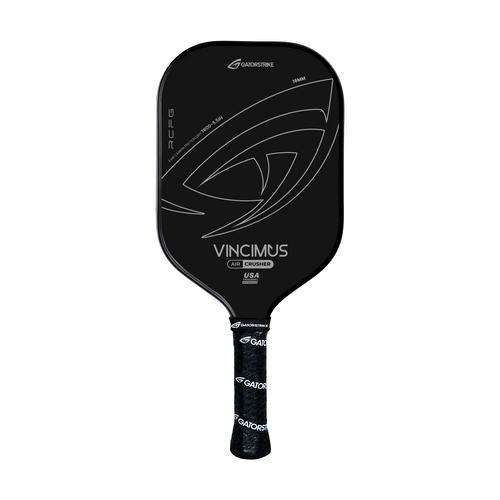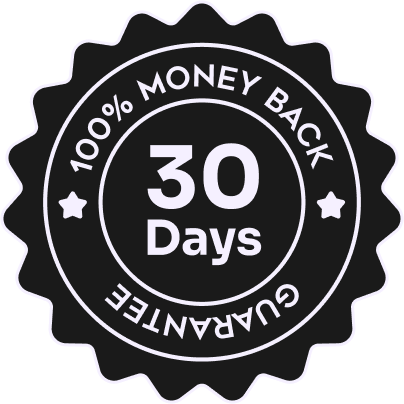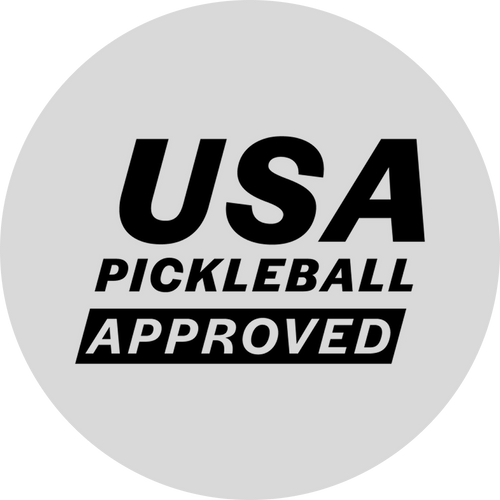
Analyzing Opponent Tendencies: Developing Adaptive Strategies in Match Play
Share
In the kinetic world of pickleball, raw skill can only take you so far. To truly elevate your game from good to exceptional, it’s time to embrace a higher tier of court craft: reading your opponent like a playbook and responding with tactical elegance. While flashy shots may get the applause, strategic adaptability is what wins matches.
Whether you’re playing in a local ladder league or eyeballing the podium at regionals, developing the ability to analyze opponent tendencies and implement real-time strategy shifts is the ultimate game-changer.
The Power of Pattern Recognition
Every pickleball player—whether consciously or not—falls into patterns. Some prefer the forehand drive. Others gravitate to dinking duels. Some crumble under pressure at the kitchen line. The key is to observe, decode, and exploit these tendencies.
What to Look For:
- Serve & Return Habits: Do they consistently target your backhand? Do they favor deep or soft returns?
- Preferred Shot Selection: Is their go-to a lob, dink, or speed-up?
- Court Positioning: Do they hug the baseline too long? Rush the net early?
- Pace and Patience: Are they aggressive bangers or strategic ralliers?
- Emotional Fluctuations: Do they get flustered after errors or tighten up during crucial points?
These micro-patterns are breadcrumbs leading you straight to strategic opportunities.
In-Match Intelligence Gathering
Analyzing an opponent doesn’t require a clipboard and a stopwatch. It just requires intentional awareness. During the first few rallies of a match, make a mental note of the following:
- Shot Direction Bias: Which direction are their shots drifting? Are they avoiding your forehand?
- Footwork Fluidity: Are they sluggish on lateral moves? Vulnerable to drop shots?
- Net Play Confidence: Do they backpedal quickly when attacked at the kitchen?
- Communication in Doubles: In team play, how strong is their synergy?
Armed with this info, you can adjust your tactics mid-match to target weak spots like a strategic sniper.
Adapting Your Strategy on the Fly
Once you’ve got a read on your rival, it’s time to fine-tune your playbook. Adaptation is not about reinventing your game—it's about subtle refinements that flip the momentum in your favor.
Tactical Tweaks to Try:
- Exploit Court Imbalance: If your opponent favors one side, redirect to their weaker zone.
- Vary Shot Speed & Spin: Break their rhythm with slices, top spin, and off-pace shots.
- Test Their Patience: Use long dink rallies to wear down aggressive players.
- Change Return Depth: Mix in short and deep returns to keep them guessing.
- Switch Up Serve Placement: A well-placed body serve can disrupt timing.
The Mental Edge: Staying One Step Ahead
Developing adaptive strategy isn’t just physical—it’s cerebral. Staying mentally agile is crucial, especially in long matches or high-pressure scenarios. Confidence in your observational skills leads to decisive execution, which can rattle even the most seasoned players.
Bonus Tip:
Use timeouts wisely—not just to regroup, but to reassess your opponent’s rhythm and tweak your approach.
Post-Match Analysis: Sharpening Your Future Reads
The learning doesn’t end when the paddle hits the bag. Reflect on what worked and what didn’t. Consider keeping a Pickleball Match Journal with notes like:
- Opponent strengths/weaknesses
- Key turning points in strategy
- What triggered momentum shifts
- Ideas for counters in future matchups
Over time, this habit can turn you into a strategic savant, better prepared for every style you face.
Conclusion
Mastering the art of opponent analysis transforms you from a reactive player into a tactical architect. It’s not just about playing your game—it’s about playing theirs better than they do. With practice, awareness, and an adaptable mindset, you’ll find yourself turning the tide of matches not through force, but through finesse.
So next time you hit the court, play with your eyes wide open. Victory often belongs not to the hardest hitter—but to the sharpest thinker.
